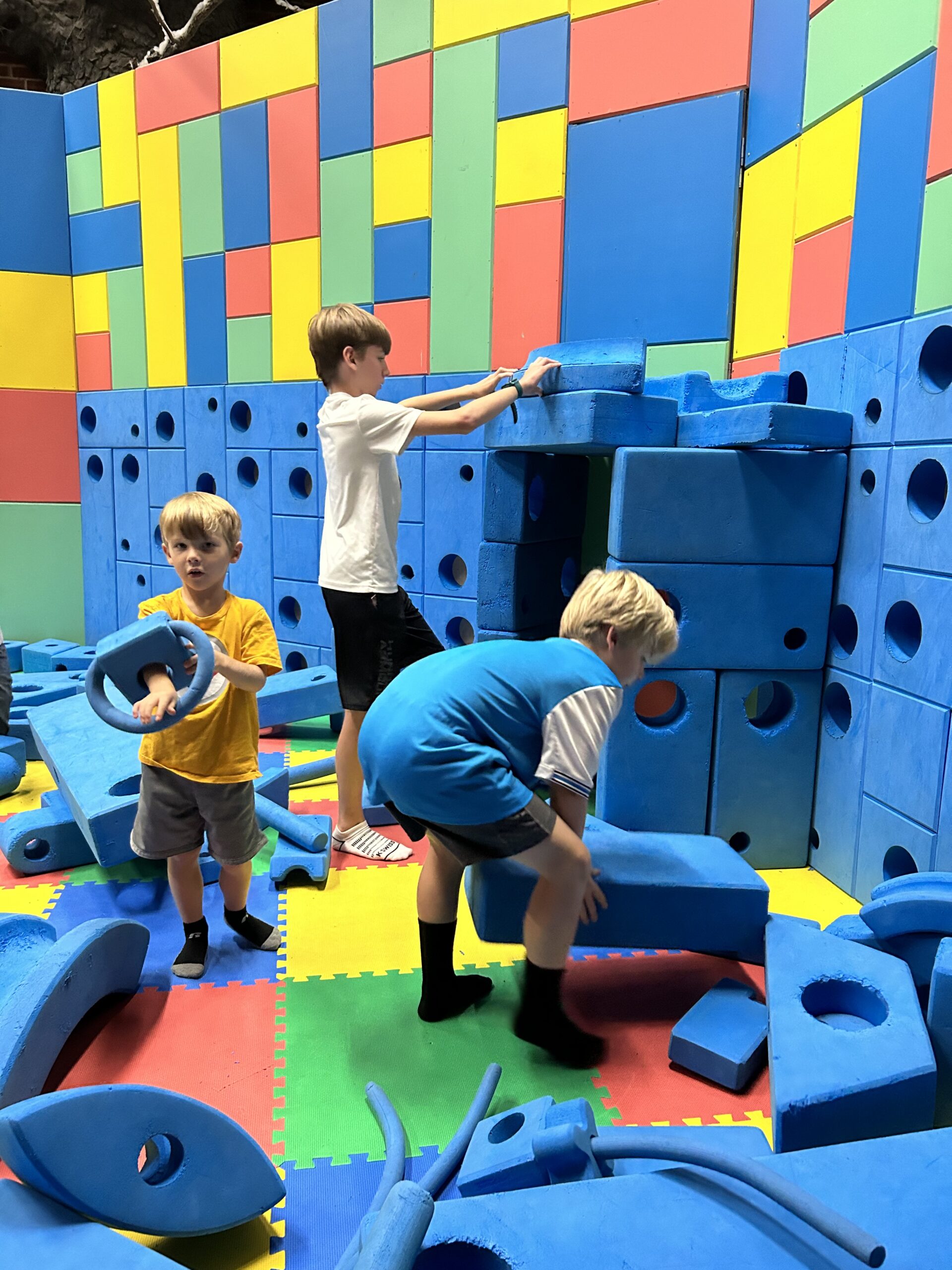Killing Curiosity is happening to schools today. Students are full of questions. They are interested in many things. However, students learn not to ask questions while a teacher focuses on a lesson. There are many focused lessons and tests that teachers must prepare for that leave students’ questions unanswered. Thus, unanswered questions and teachable moments are lost.
Research says teachers should be encouraging questions. Students who ask questions do better academically. Even though teachers stress that students stay focused on the lesson, they must rethink that developing curiosity could be more important. A research scientist at the University of Michigan says: “Promoting curiosity in children, especially those from environments of economic disadvantage, may be an important, under-recognized way to address the achievement gap. Promoting curiosity is a foundation for early learning that we should emphasize when looking at academic achievement.”
Killing Curiosity
It’s known that a young student’s curiosity stops in school. Very young children ask between five and ten questions in two hours, and older students give up asking questions altogether.
In teaching young students not to ask questions, students learn to be less curious. They see curiosity as a risk. Most questions were about understanding the content. However, there is a correlation between learning and curiosity. Curiosity and interest make learning permanent.
Keeping Curiosity Alive is Possible
Mandatory testing and the anxiety teachers feel keep student questions to a minimum. However, it is possible to foster questioning and student interest through specific responses. Answering student questions motivates and encourages their curiosity. Thus, they become passionate about learning. Questions help students and teachers engage in conversations that help students to solve problems themselves. Students also engage other students so they can learn from one another. As students ask questions, teachers can identify learning gaps. Questioning helps students to understand content better.
Help students to ask questions by creating a safe learning environment. They must know that questions are always welcome in class. Most important, they will not be judged for asking.
- Praise students when they ask a question. Praise lets students know their questions are appreciated.
- Don’t just encourage questions; teach how to ask good questions. Open-ended questions keep students on focus. Closed questions limit students to a predetermined set of answers.
- Allow time in the content presentation to let students understand the material and ask questions to avoid confusion.
- Provide think-time for questions.
Stifling curiosity and questions has a damaging effect on a student’s academic growth. For students to succeed, they need a chance to learn and grow. They need to explore their thoughts and ideas. They want to understand their learning. Students need to ask questions and challenge other’s ideas and thoughts. Encourage questions and encourage learning.



